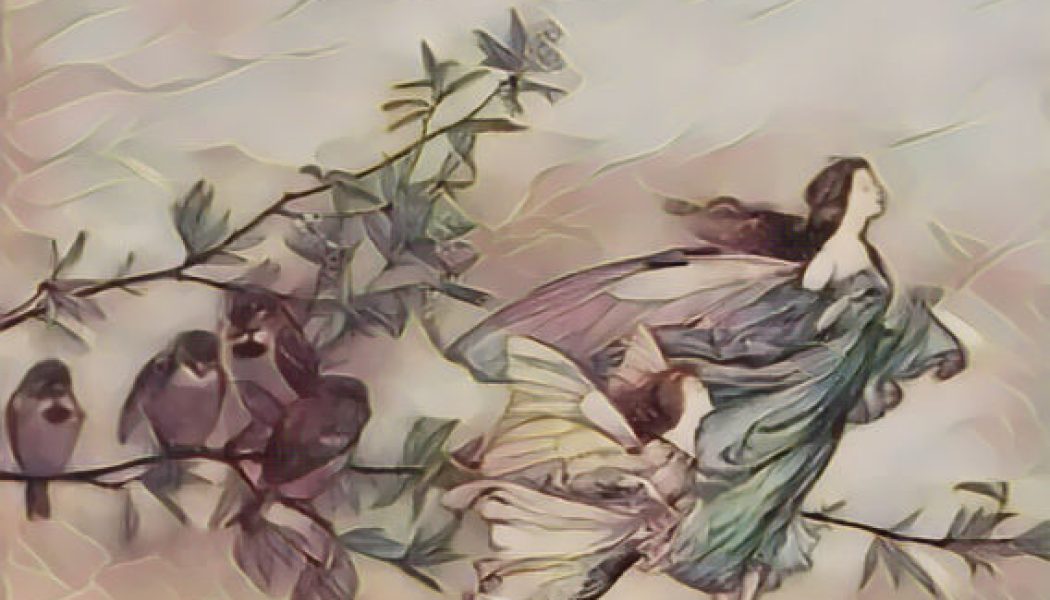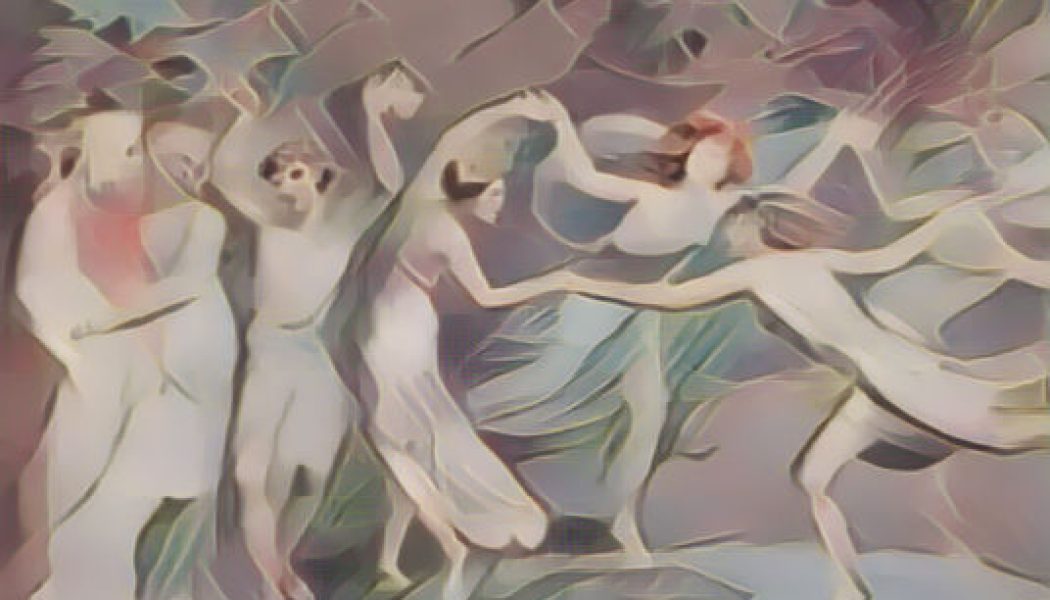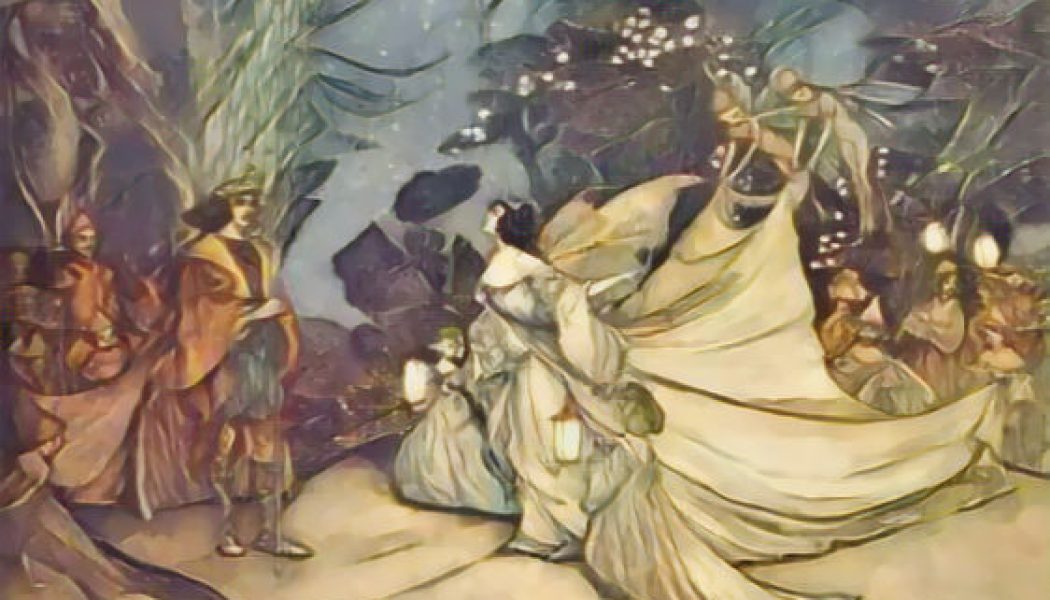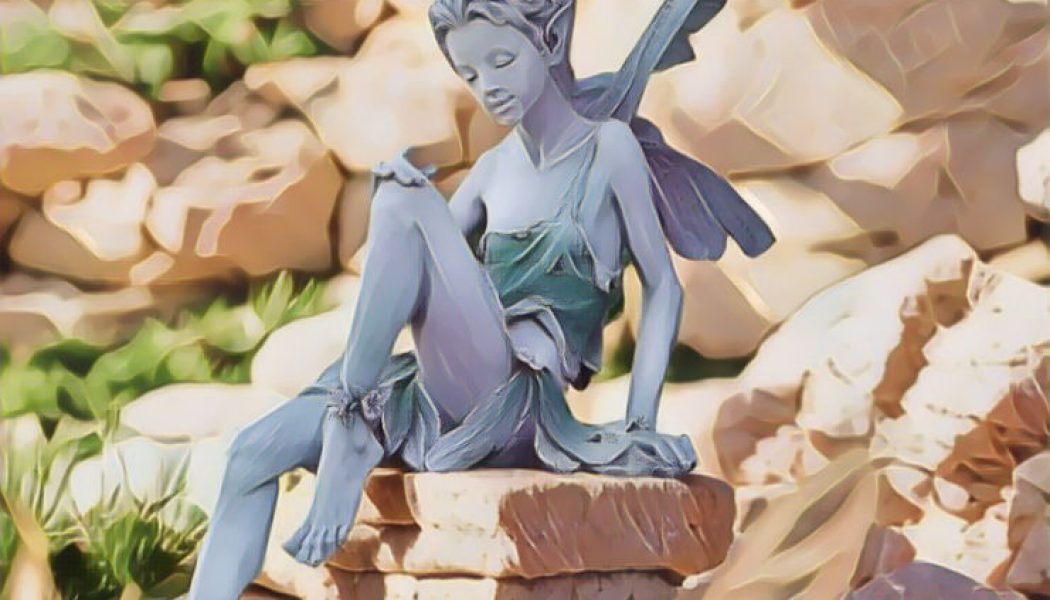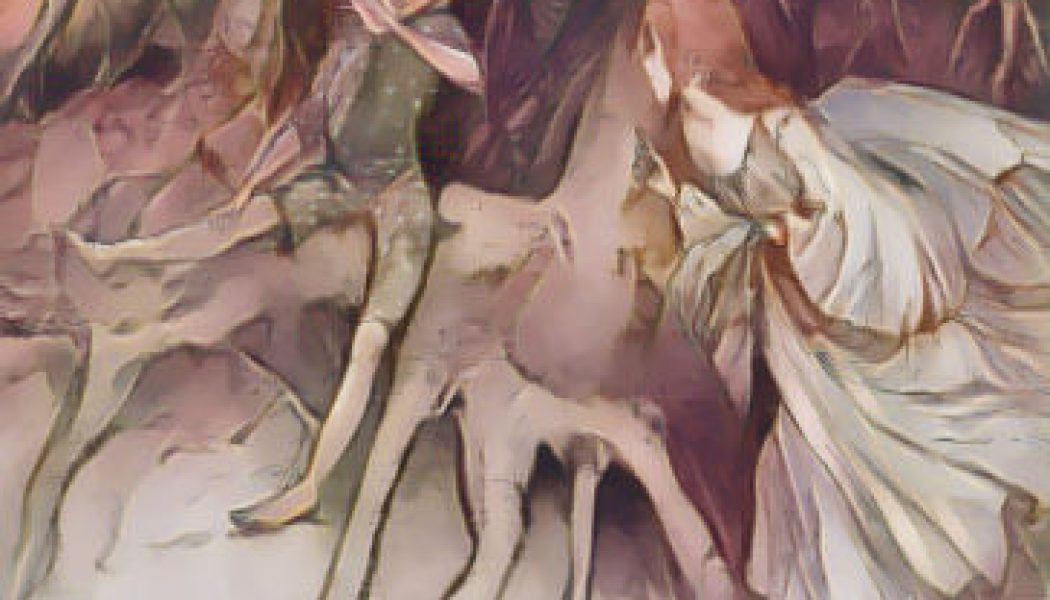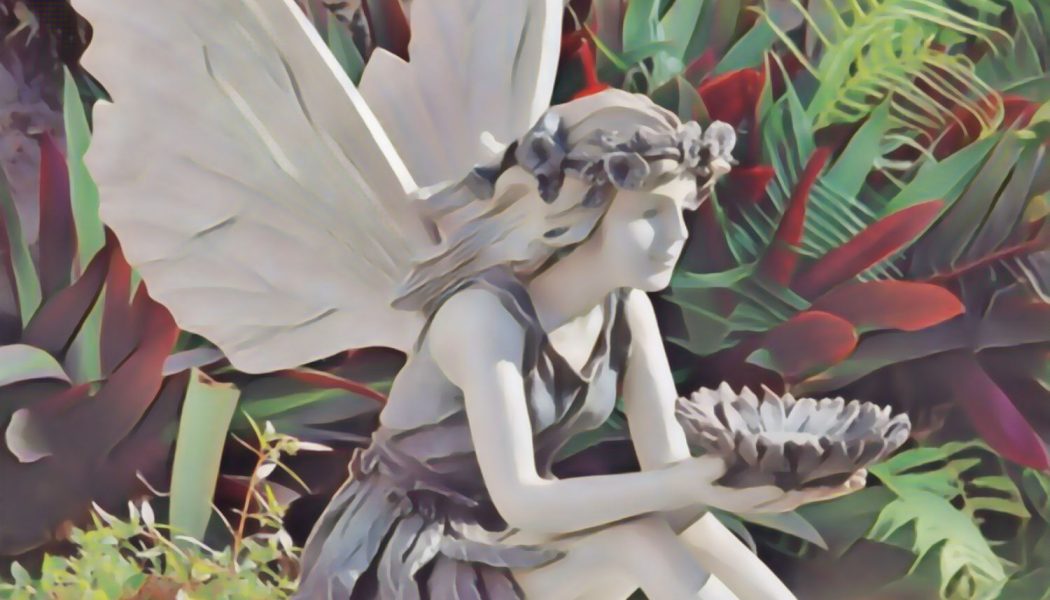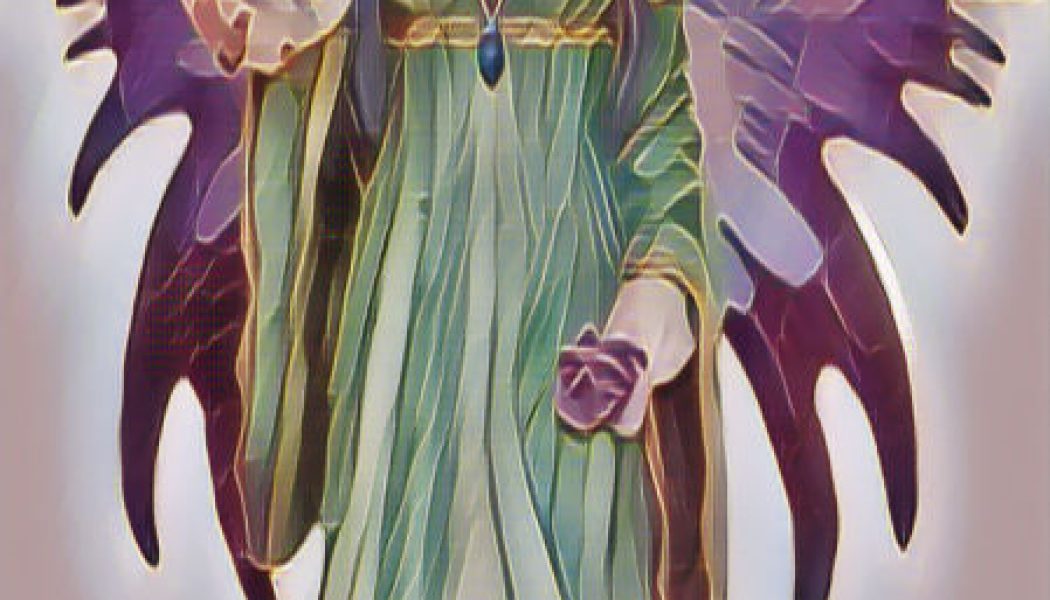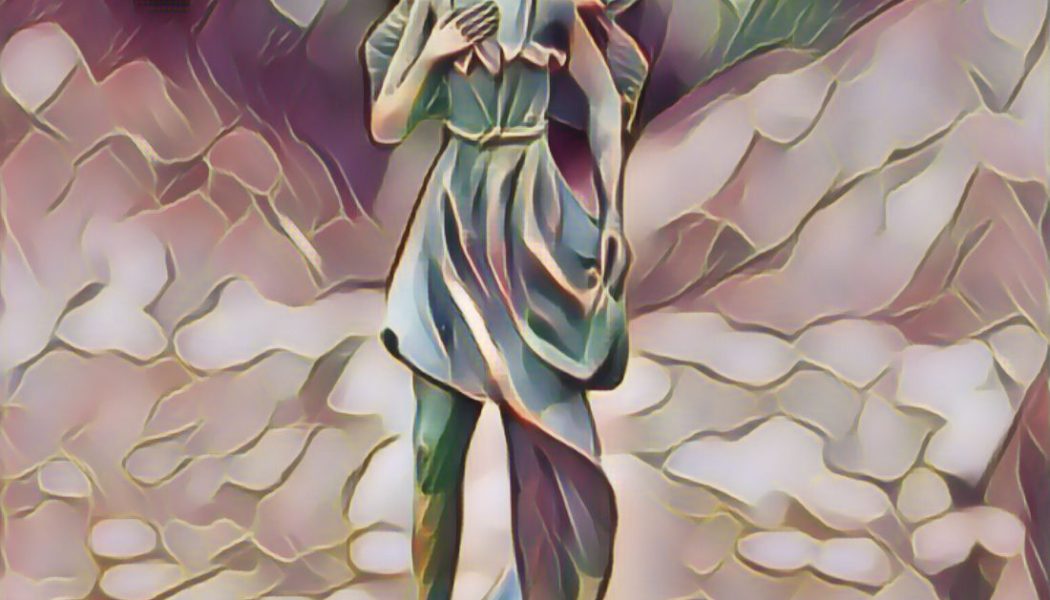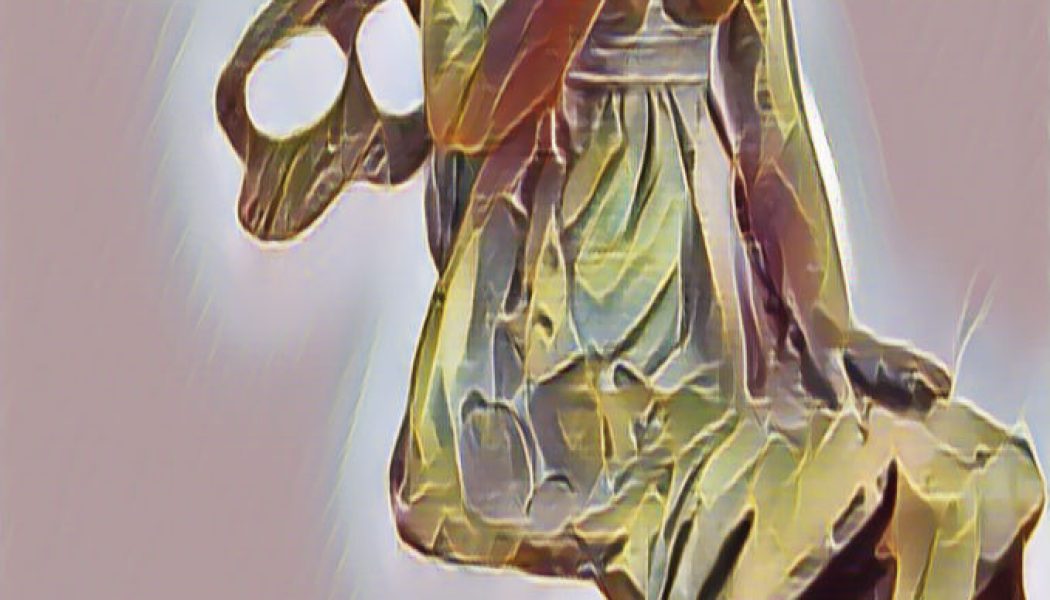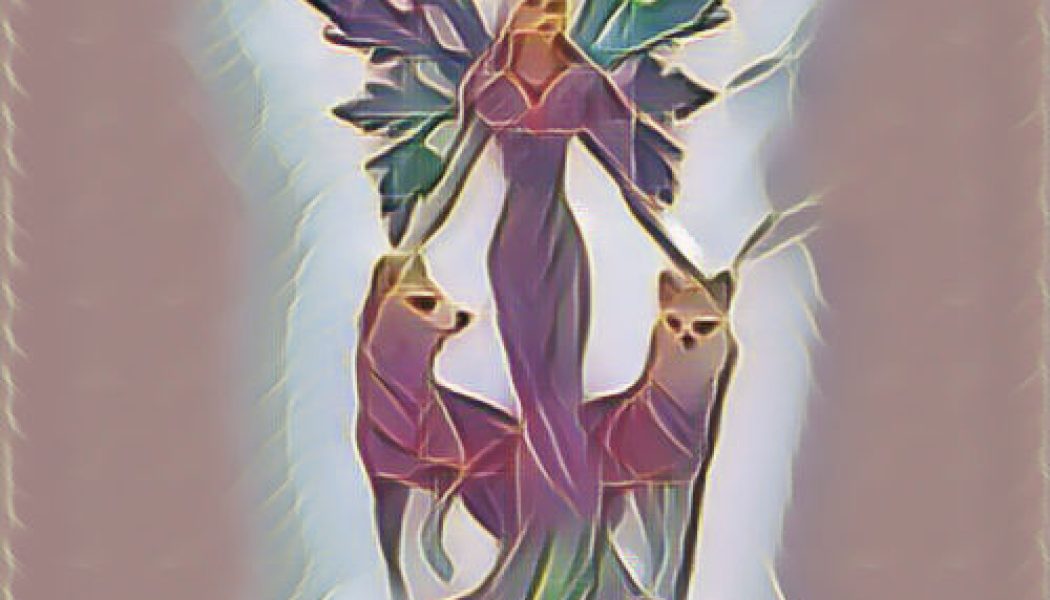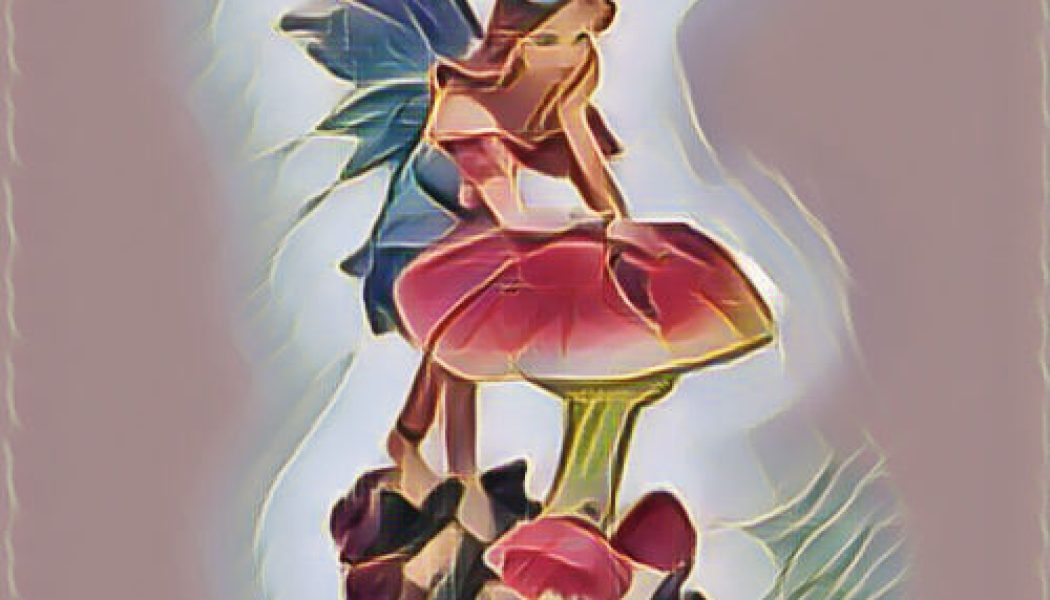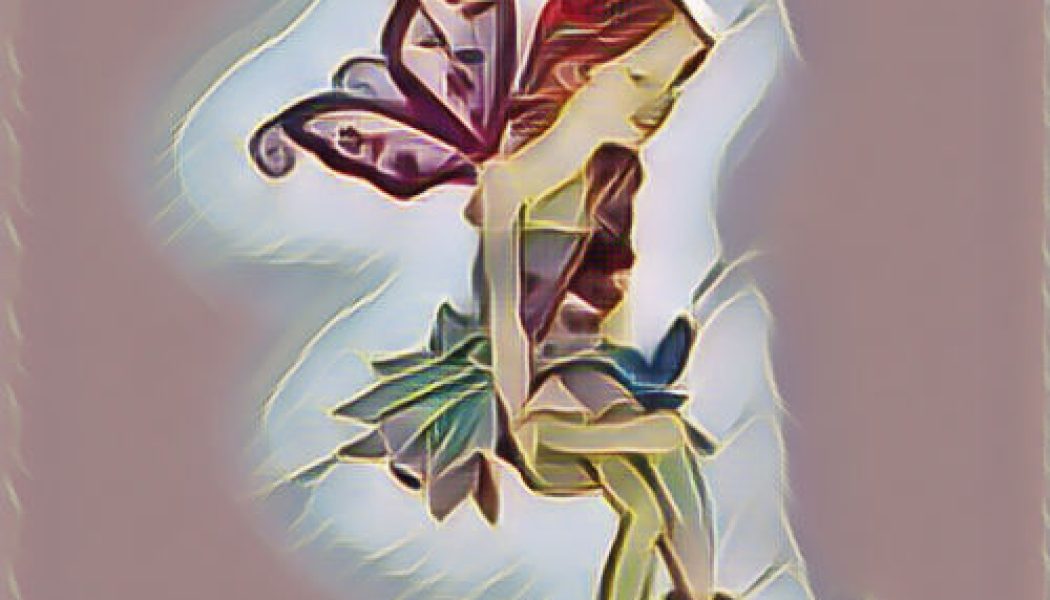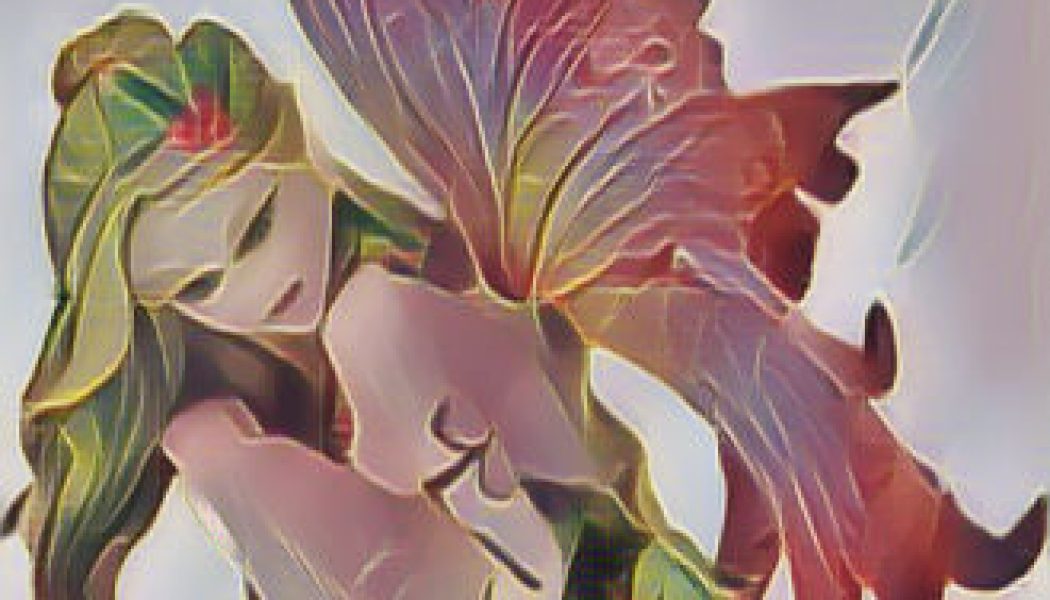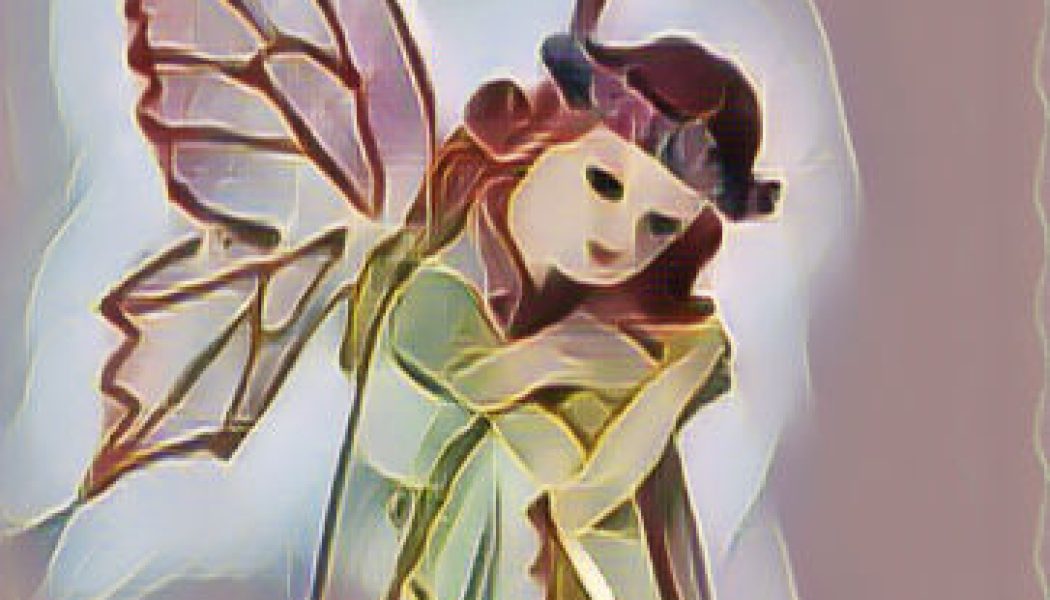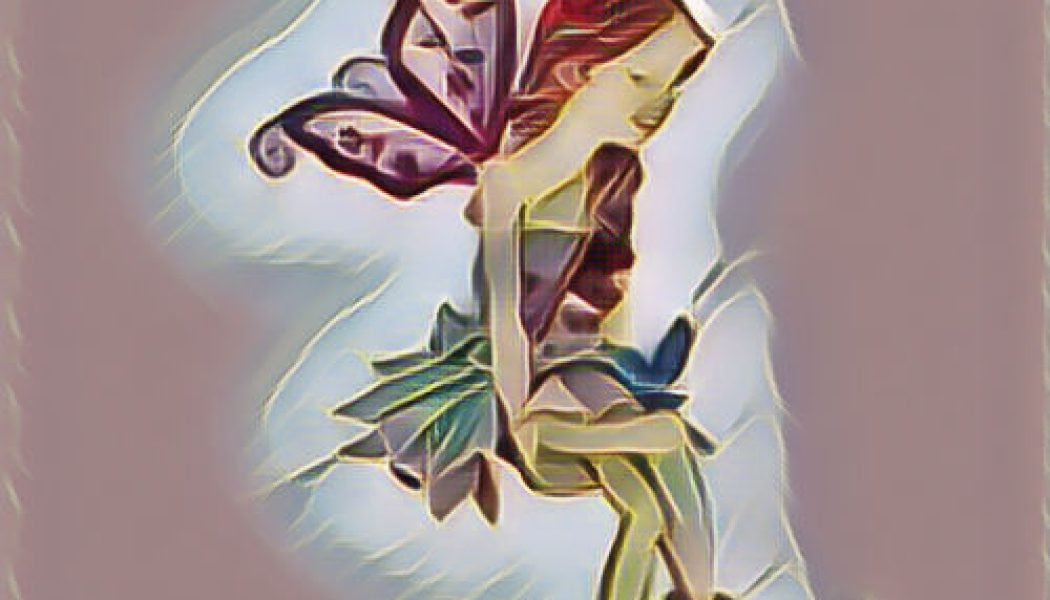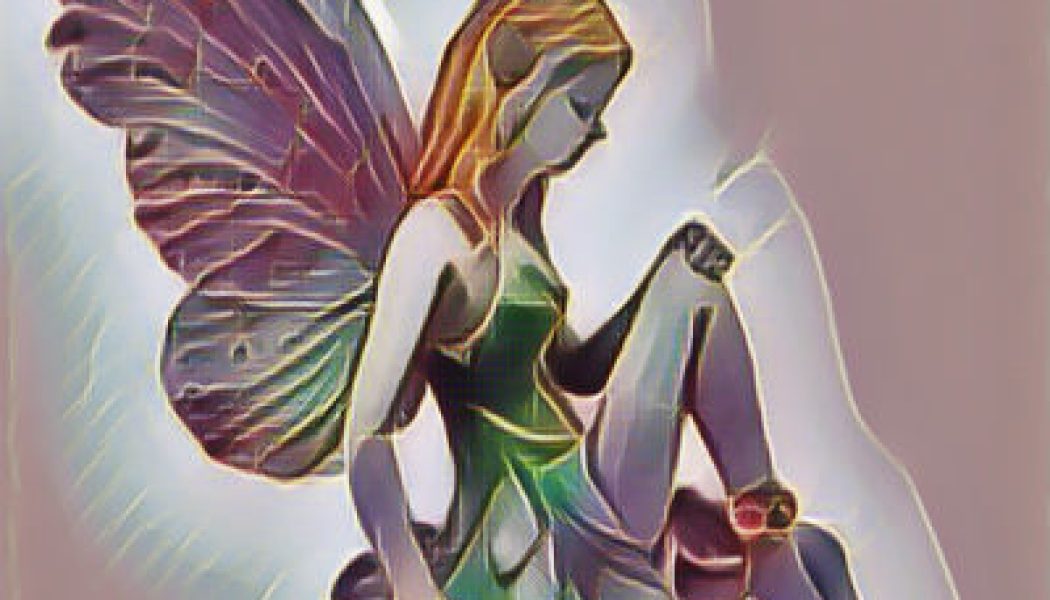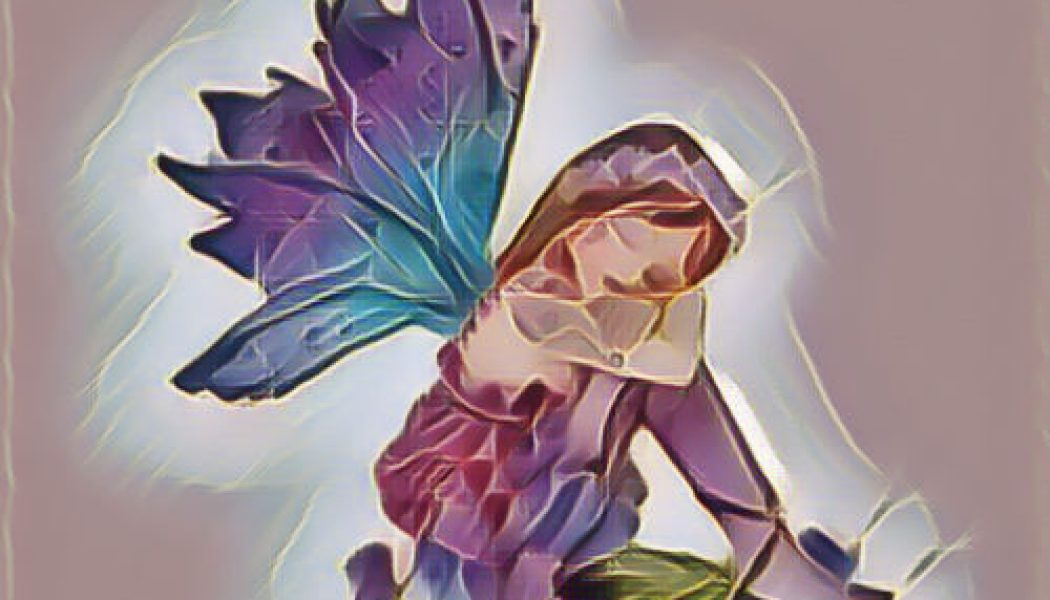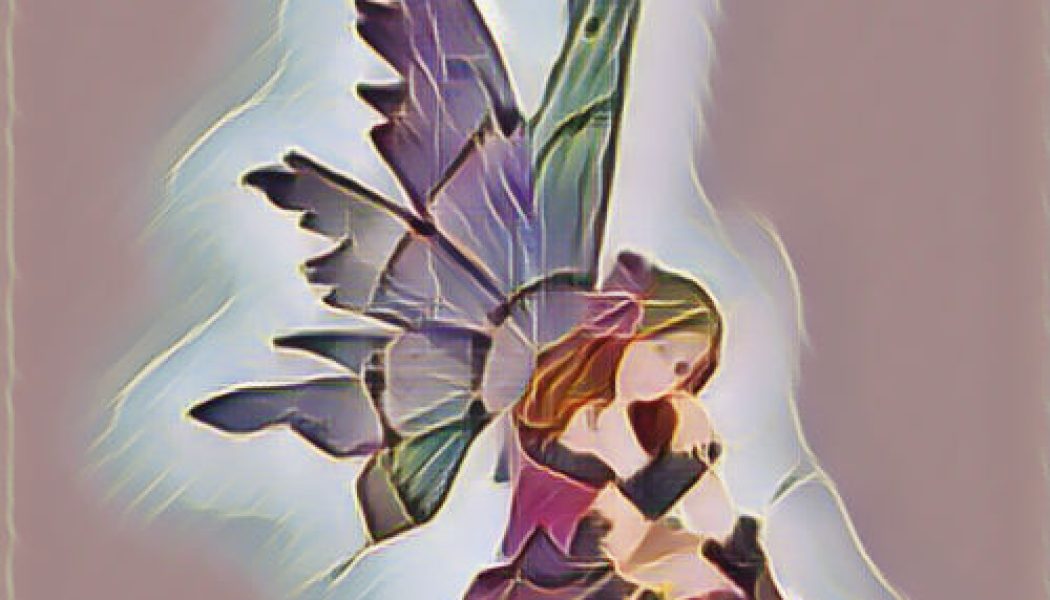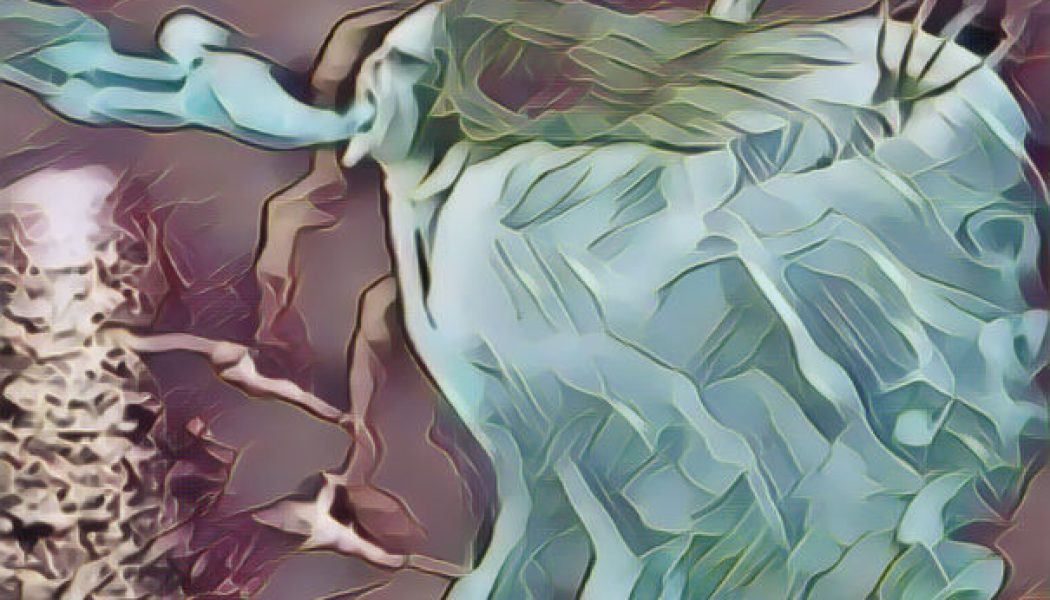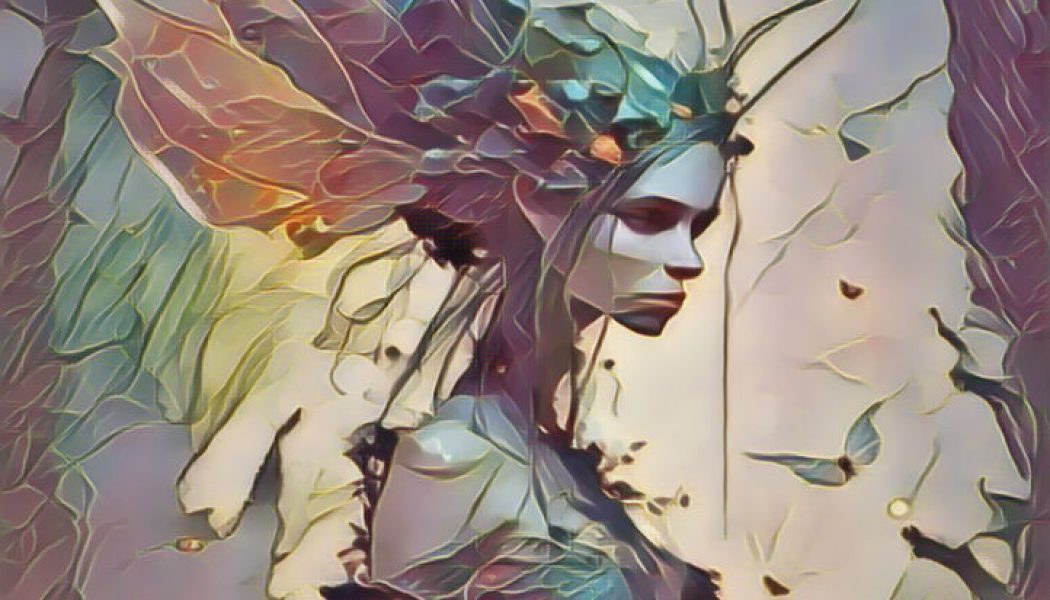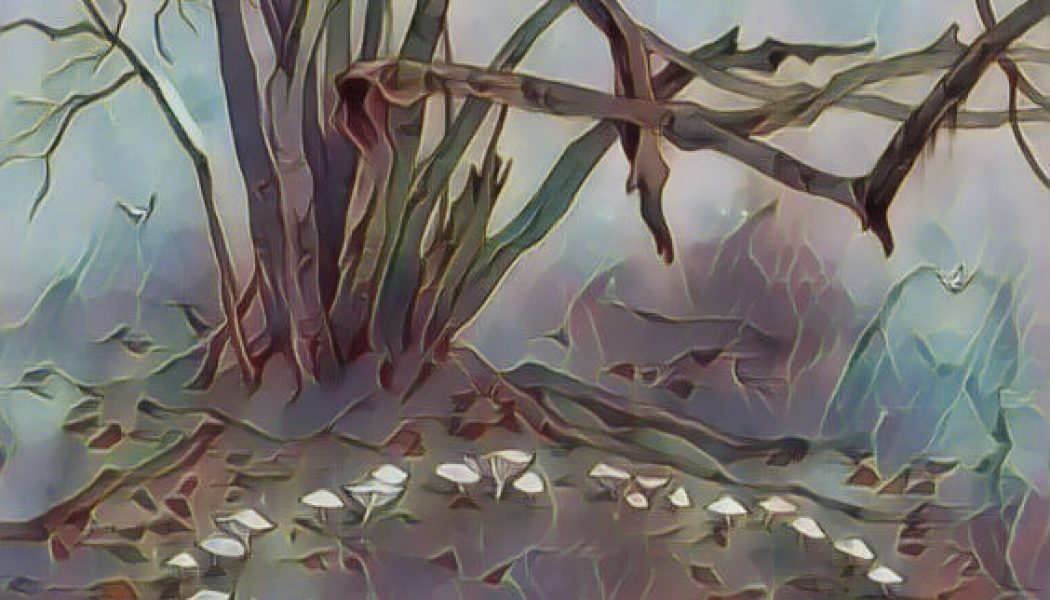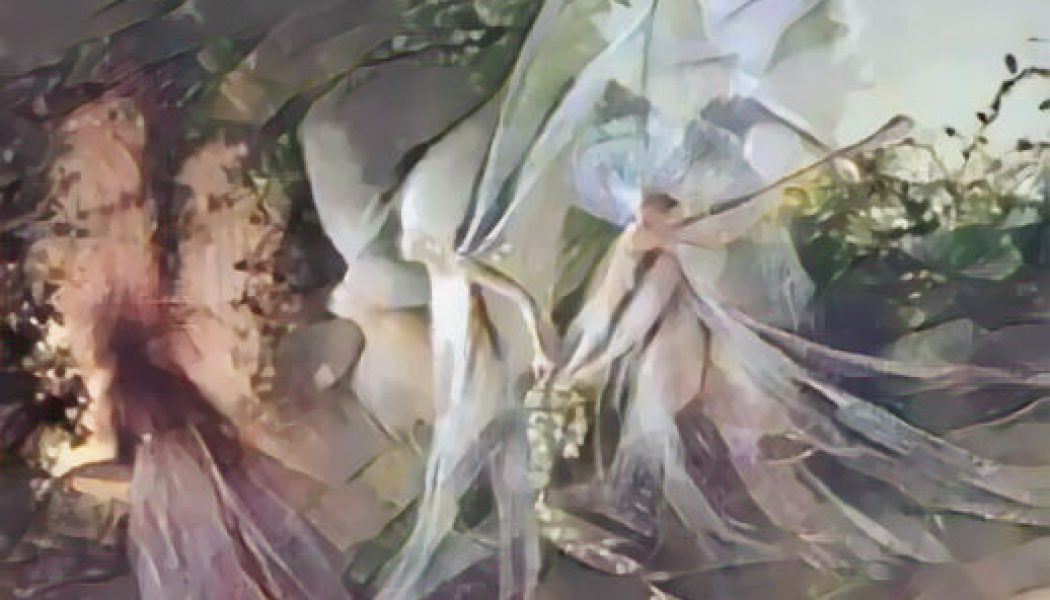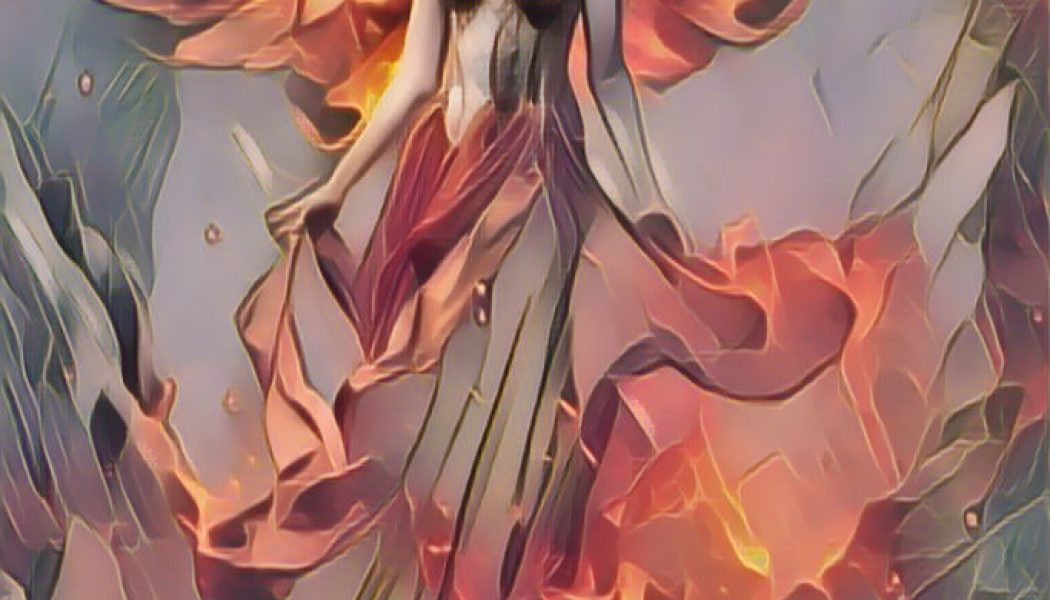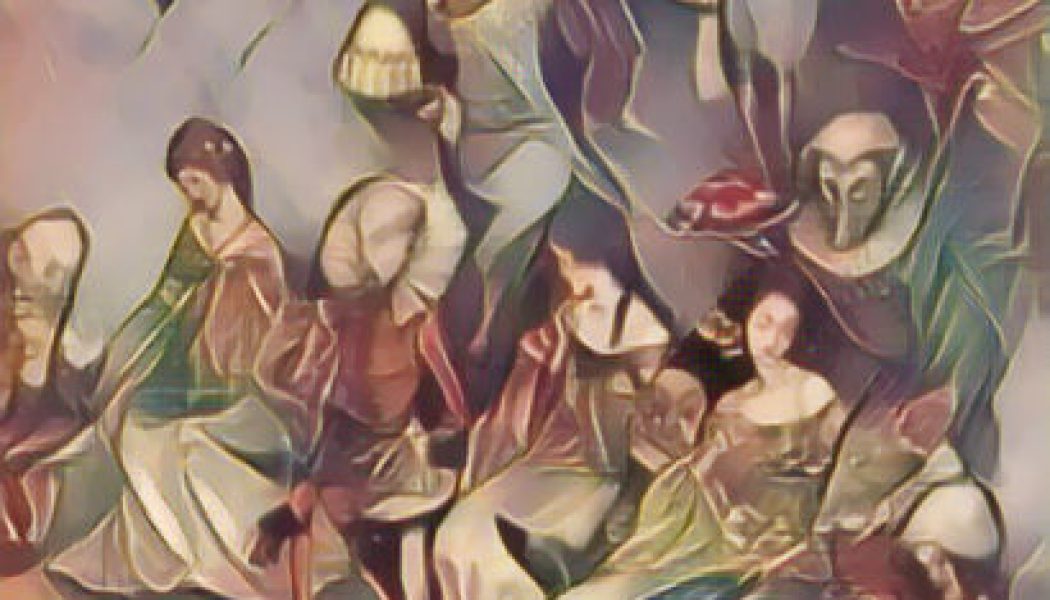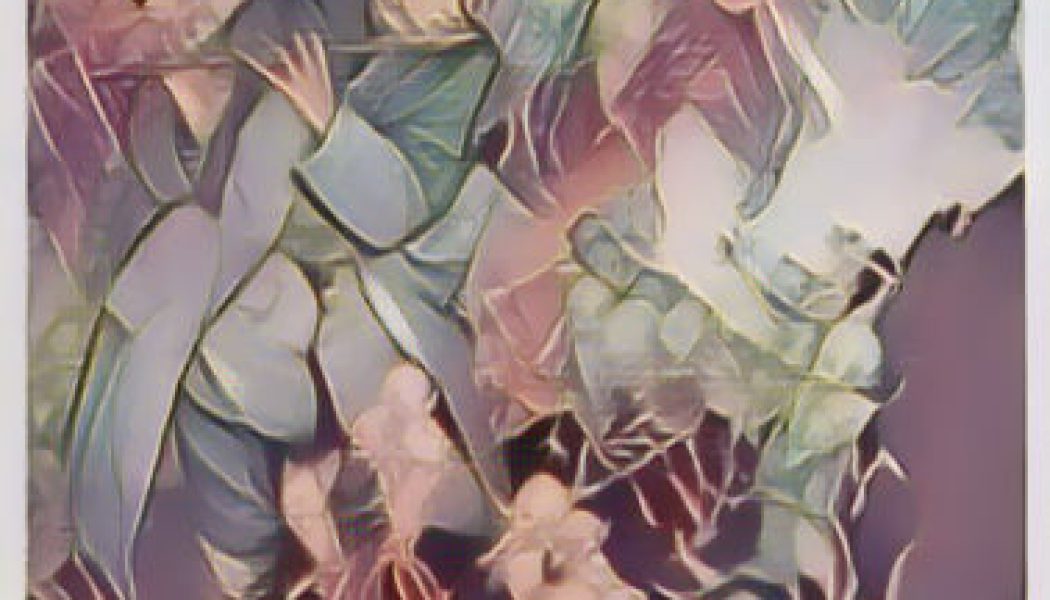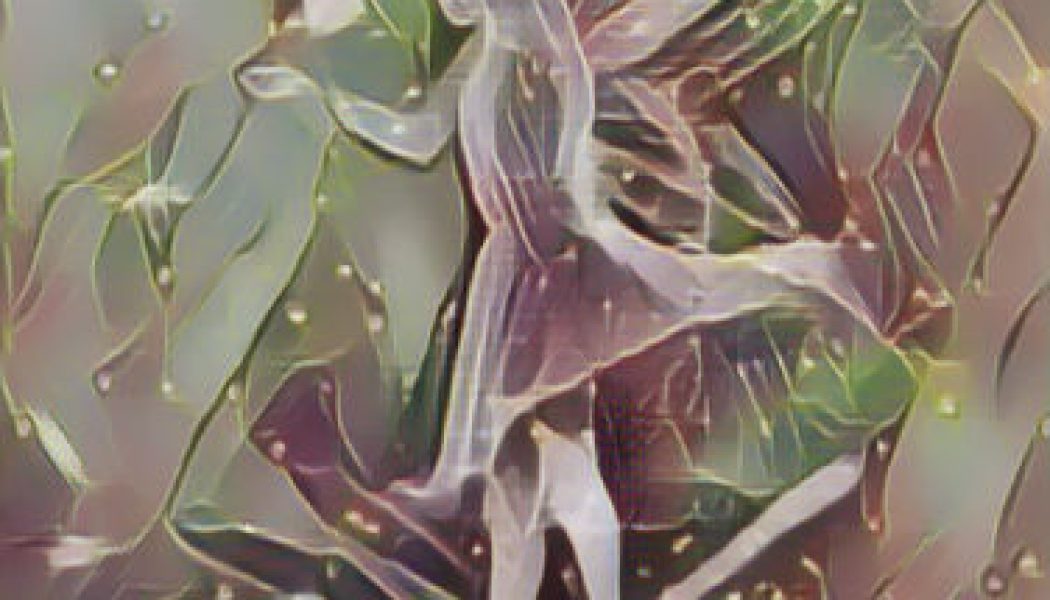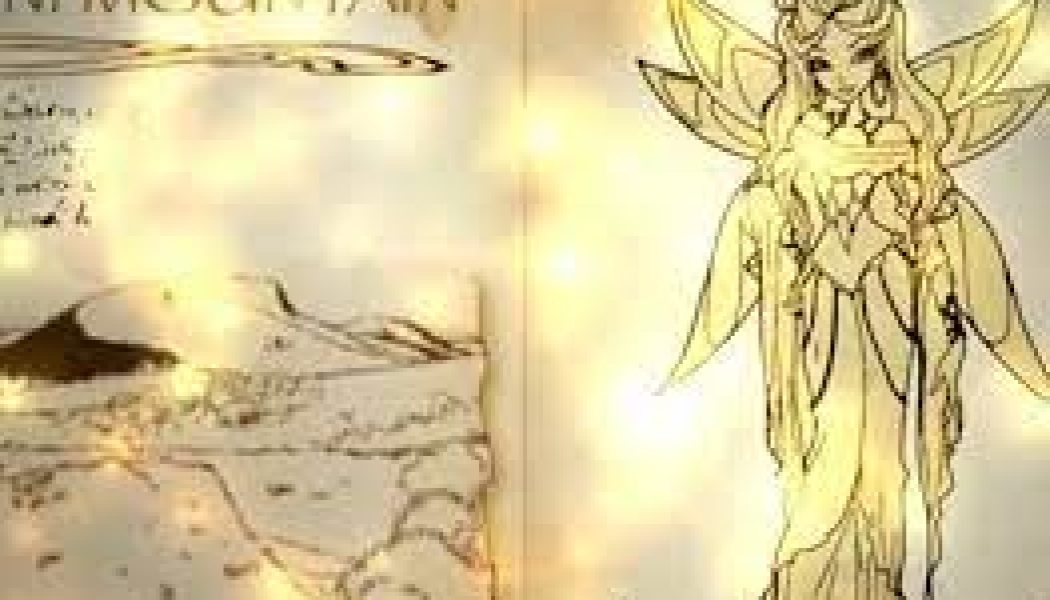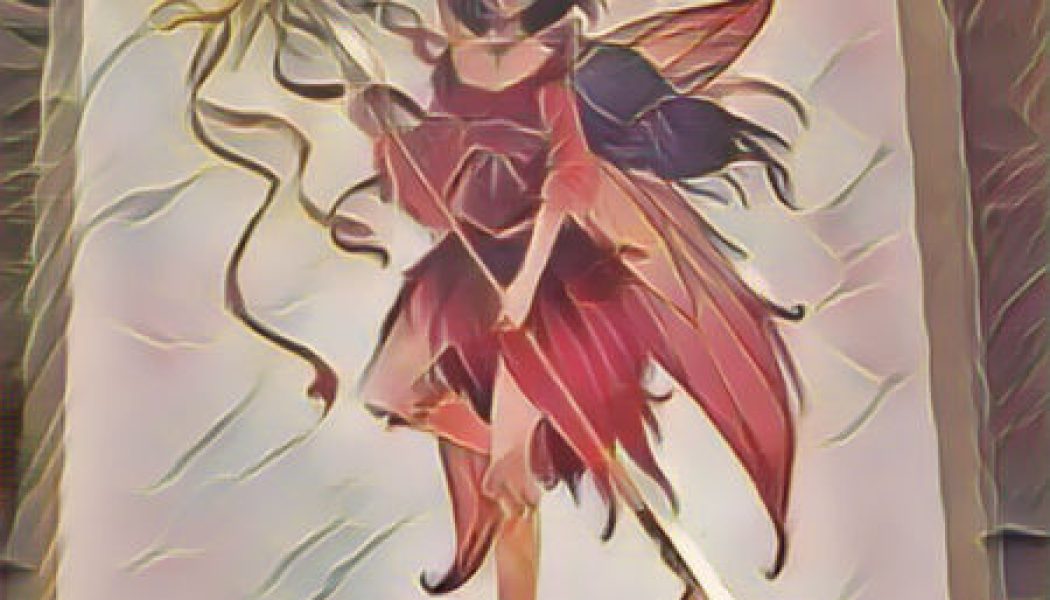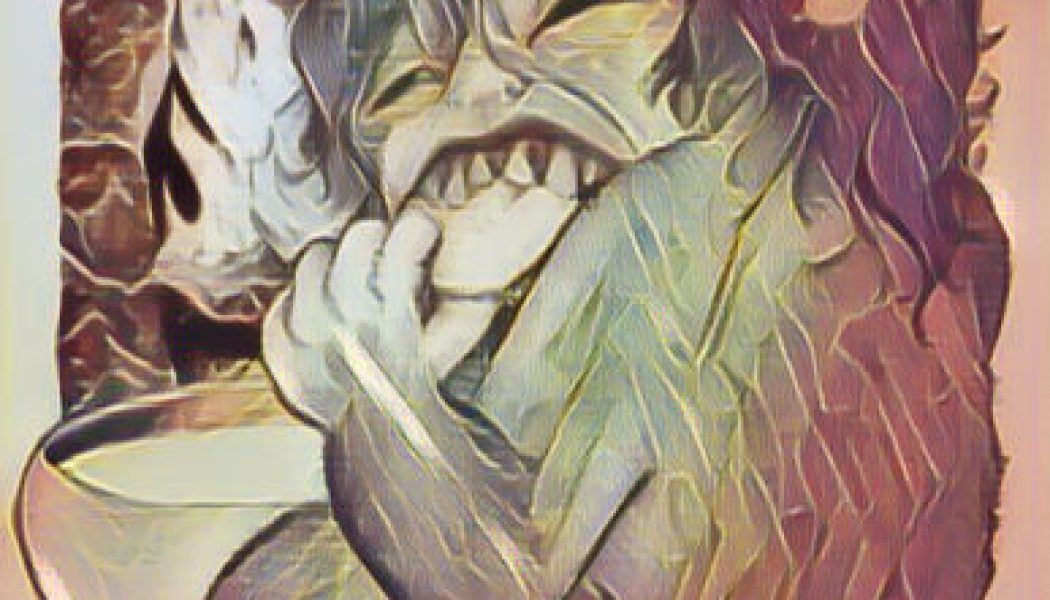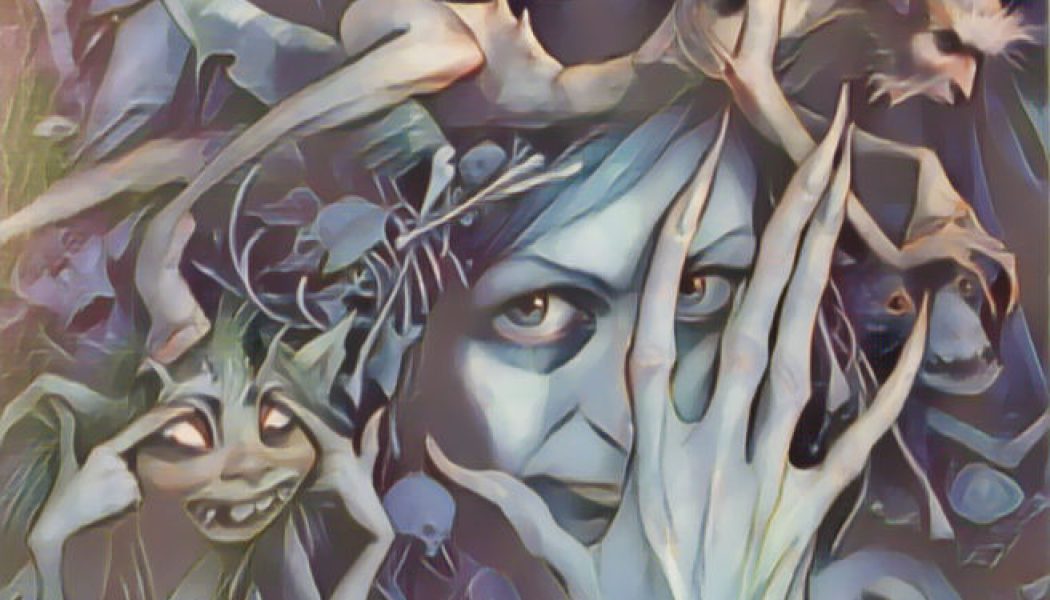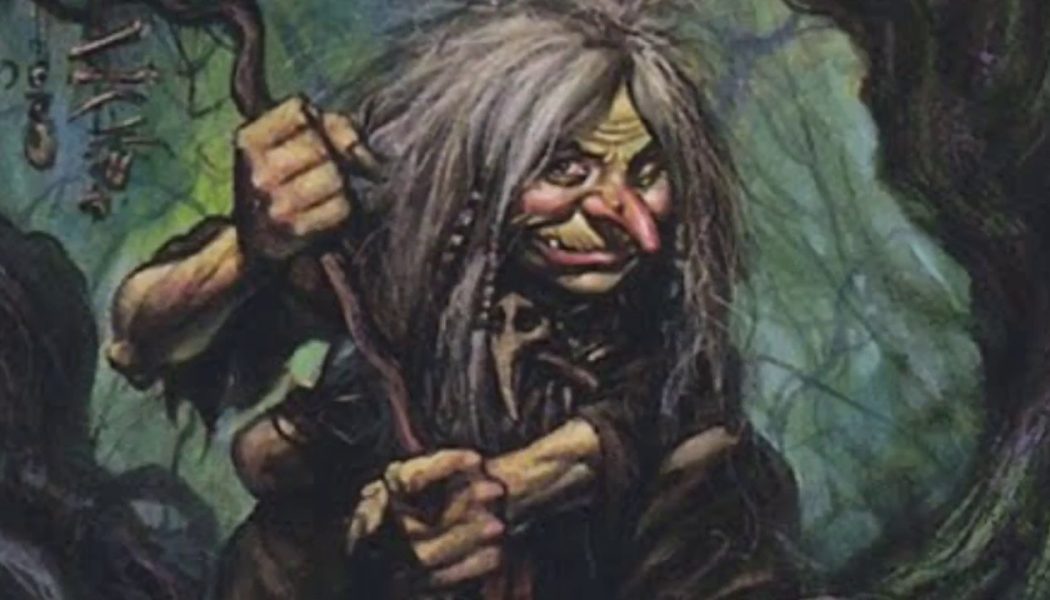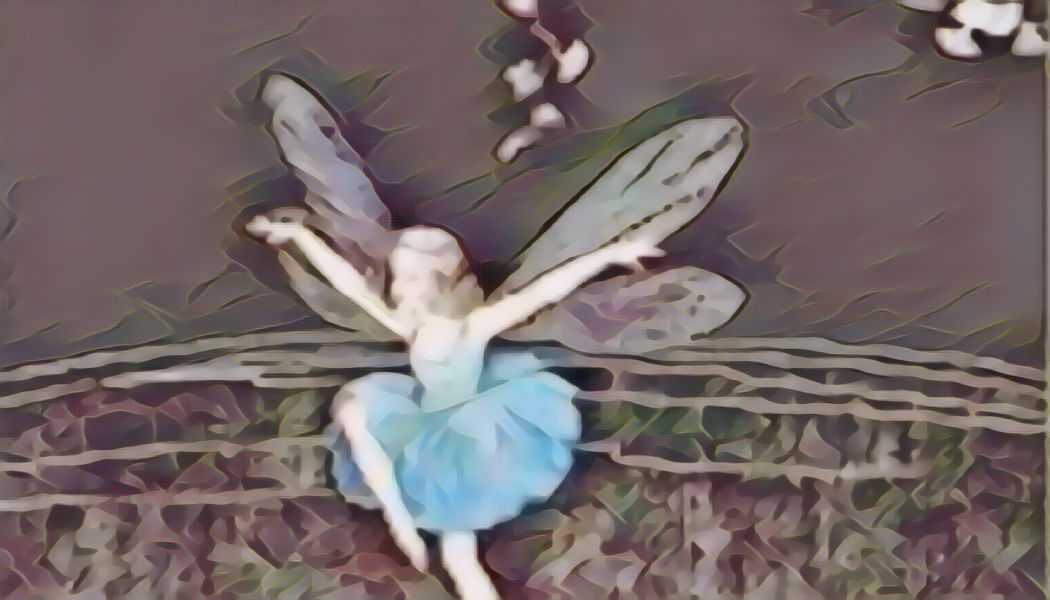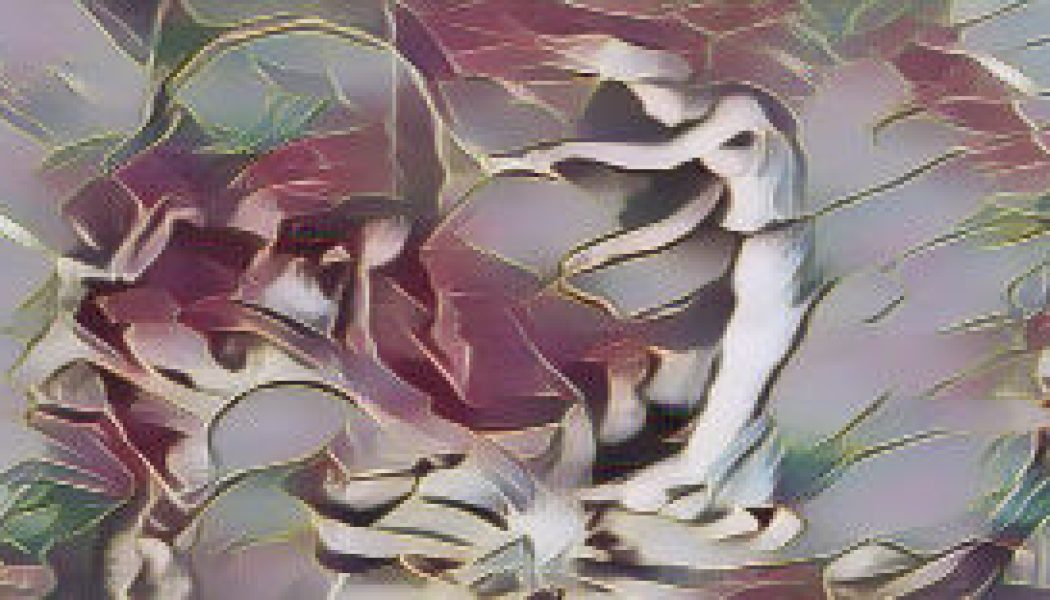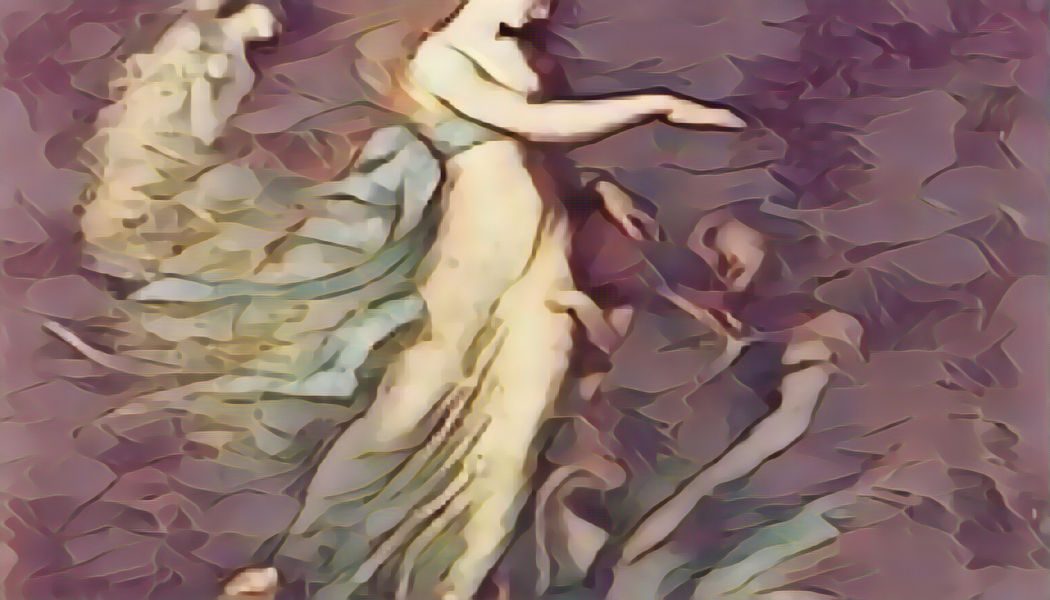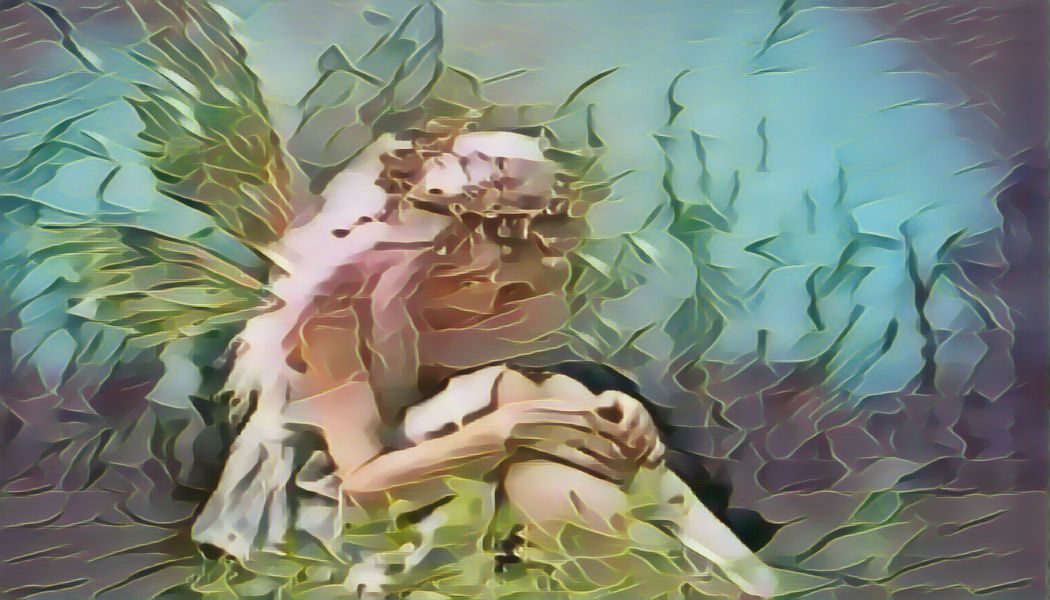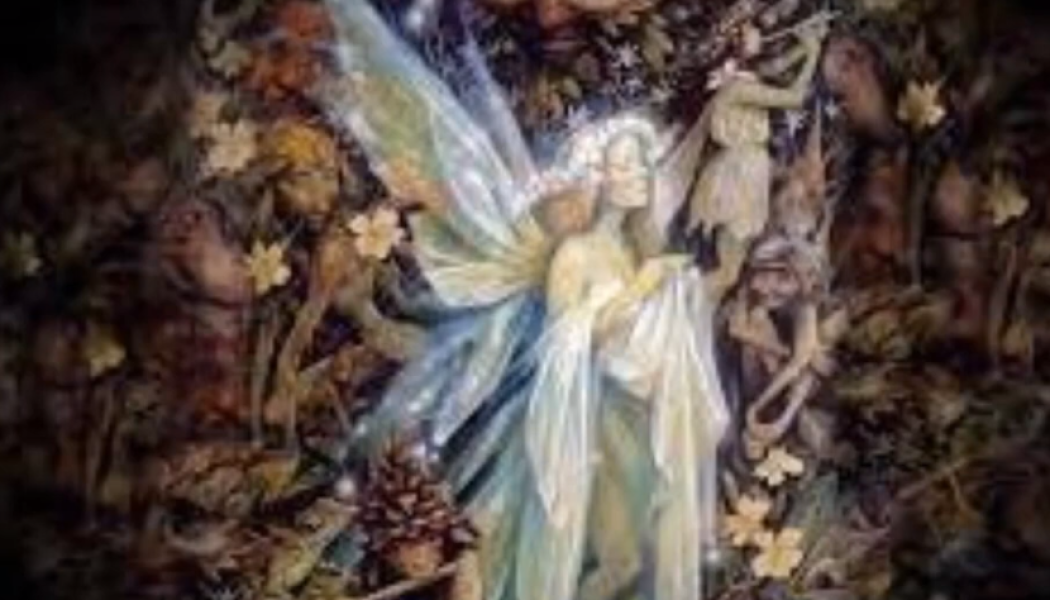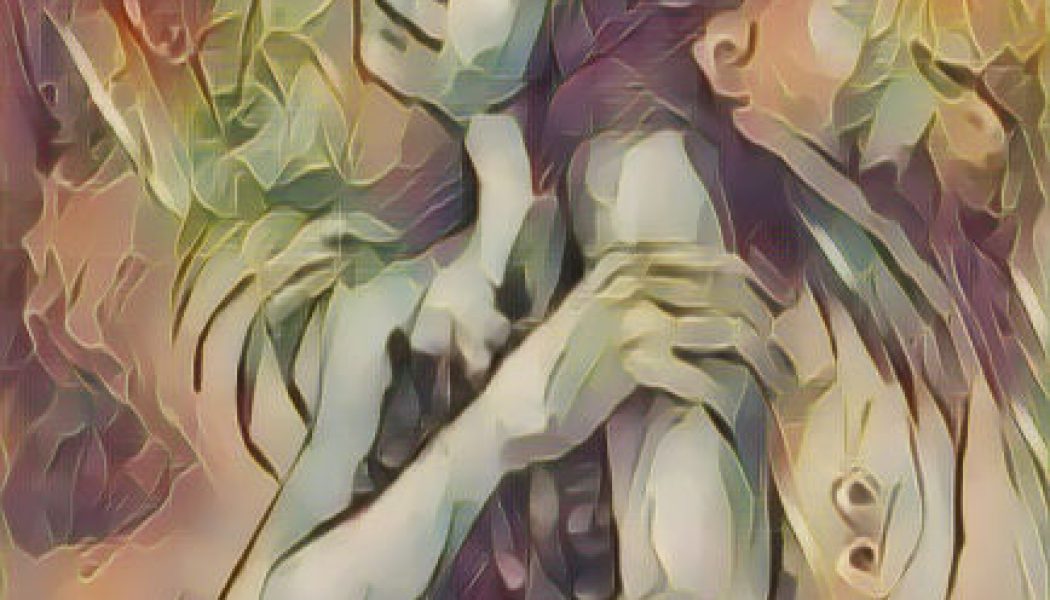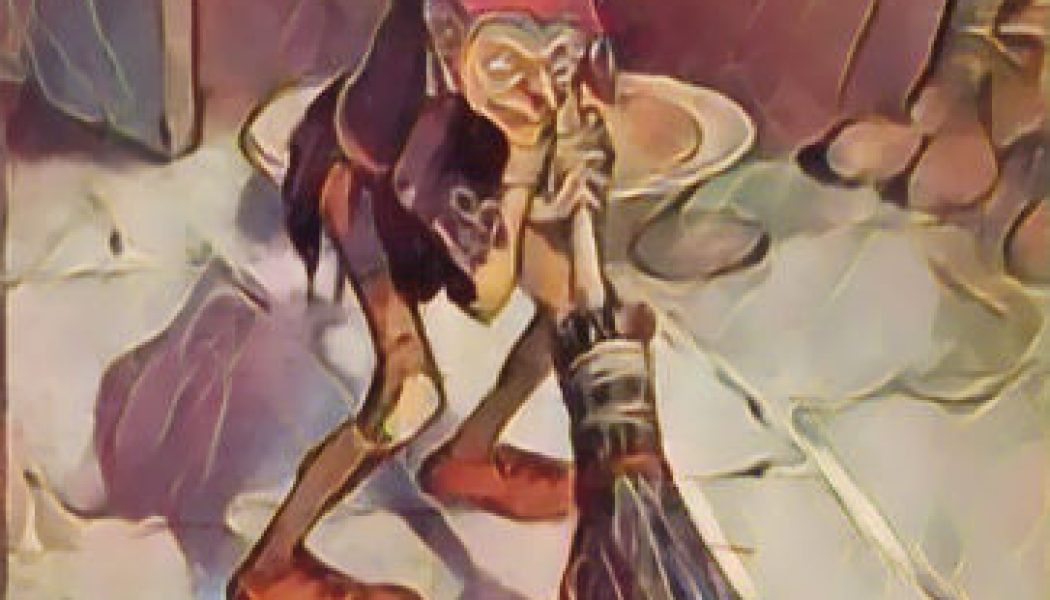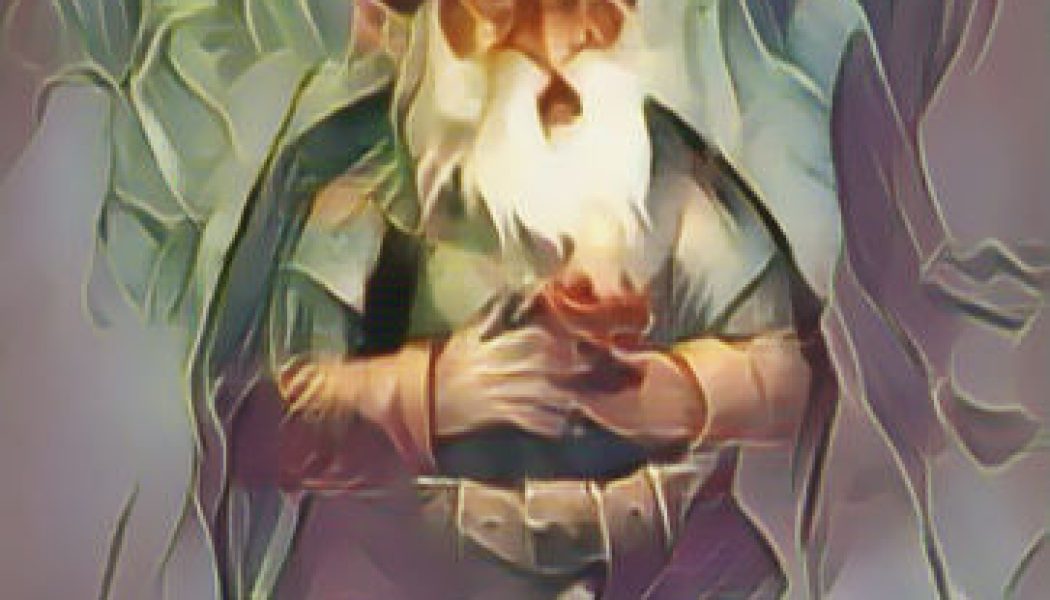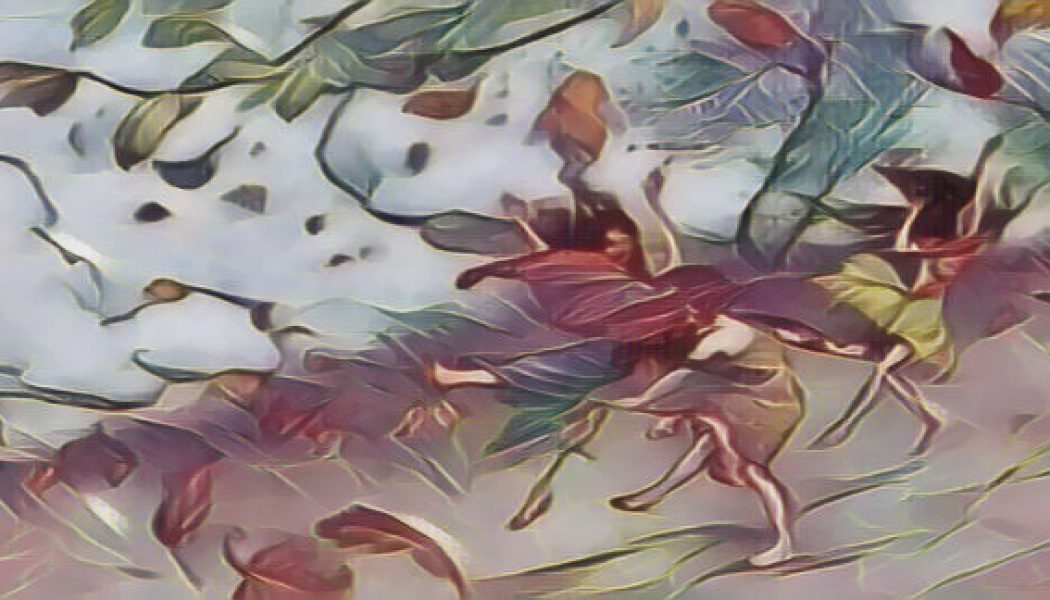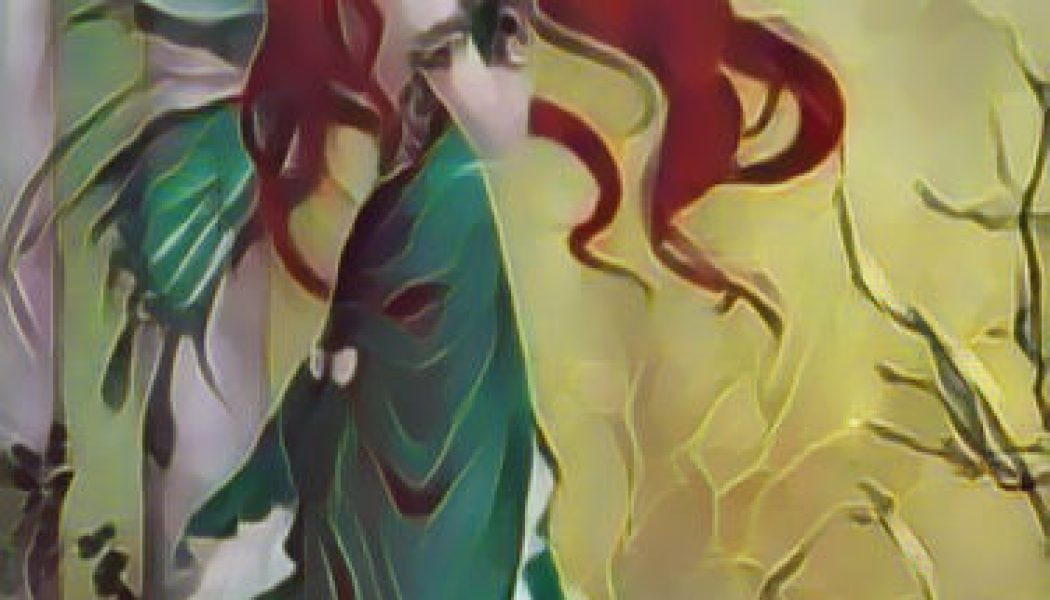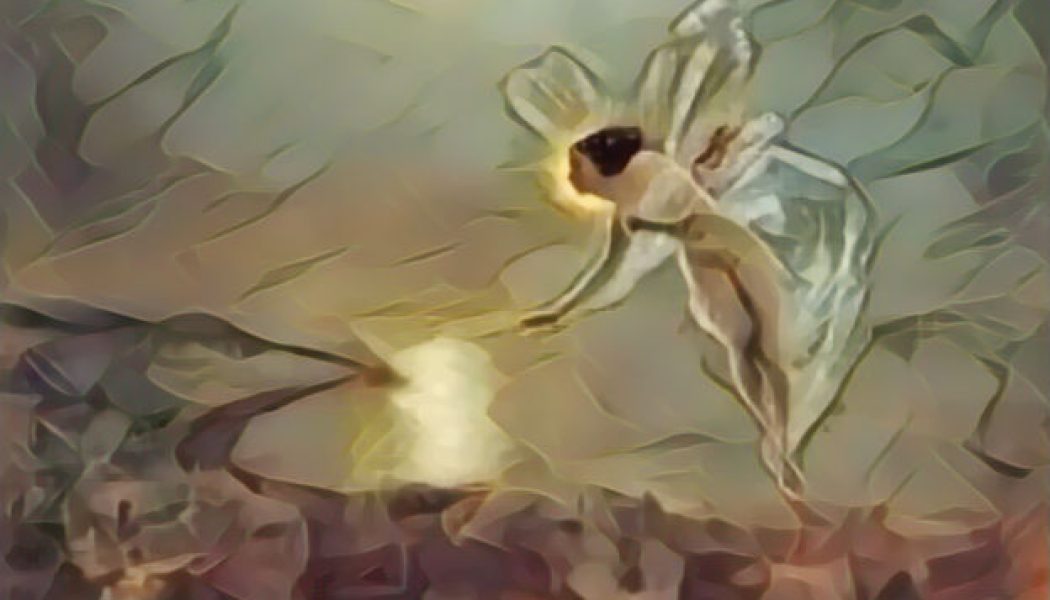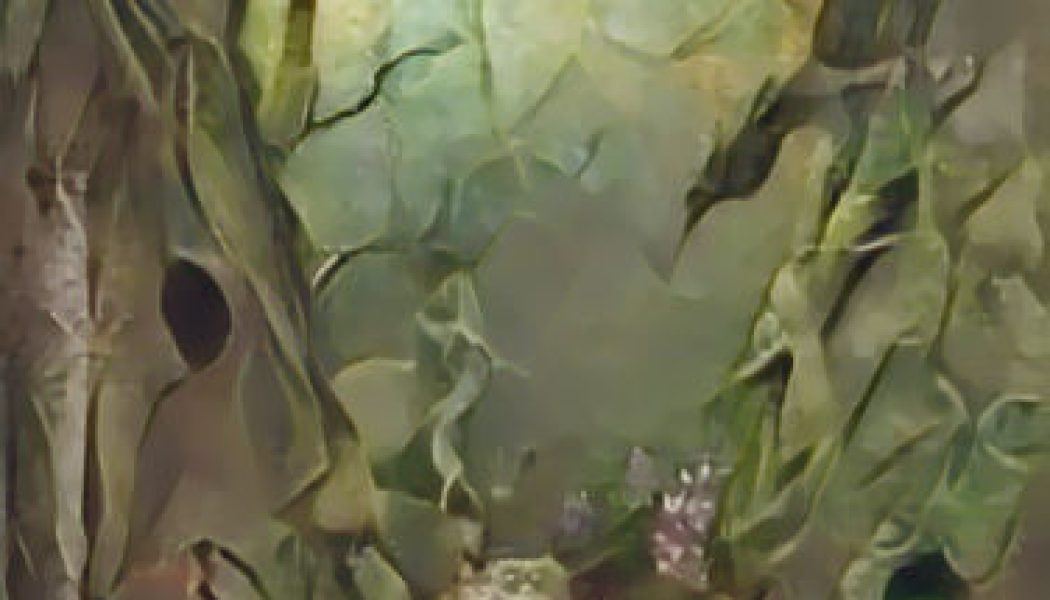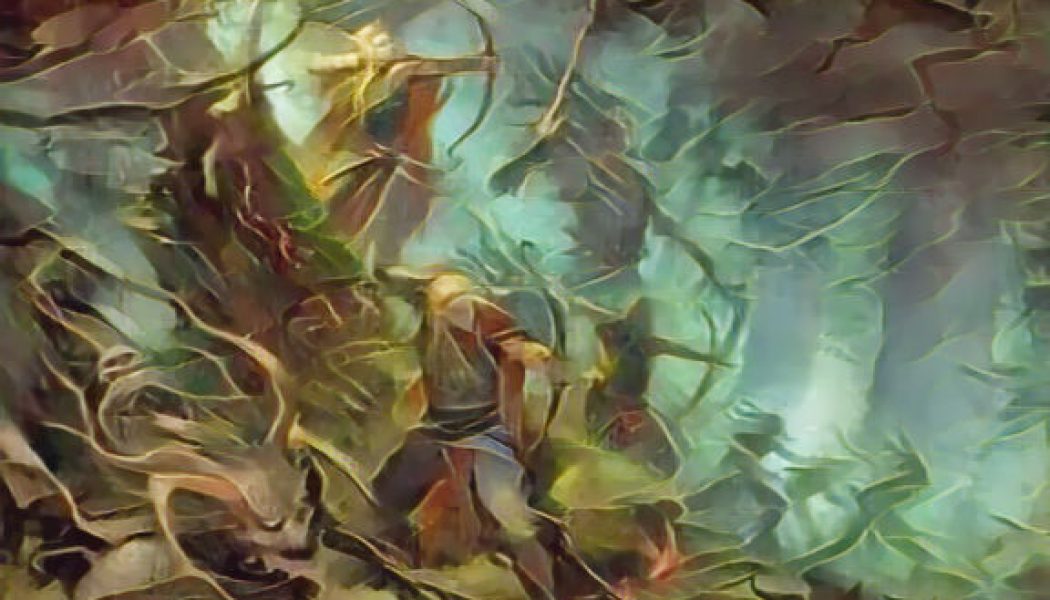Fairy Magick
Morgan Le Fay, Fairy Witch Goddess.
Shrouded in legendary mystery, Morgan Le Fay has been a prominent character in the Arthurian legends. She was the sister and aid to King Arthur himself. In some of the legends, Morgan Le Fay saves Kin...
Connecting to the Lowerworld 10
Take a moment to settle back into this world. If you can, eat and drink something to ground you in the present moment.You might clap your hands three times, or pat the earth three times to signal your...
Connecting to the Lowerworld 9
If the answer is yes,then you can proceed to ask them further questions, and get to know them.If the answer is no, then you can ask them to direct you to your guides.One will appear.Once you have met ...
Connecting to the Lowerworld 8
Take a moment and orient yourself to this new world.You find that you are standing next to a tree of the same type you used above ground to enter into the Lowerworld.You take your hand and place it up...
Connecting to the Lowerworld 7
With your hands upon the bark, feel the power of the tree flowing upwards from the earth, and also downwards from the branches.Feel where it meets, and connect to that energy. You can then visualise a...
Connecting to the Lowerworld 6
Turn around counter-clockwise three times, and say:By the power of three times three,This is my will, so may it be.You may now proceed with your working. You may physically walk to a tree that you wou...
Connecting to the Lowerworld 5
When you are ready, say the following or similar words:I walk between the worlds with the World Tree as my guide;May my roots reach deep,May my core be strong and centred, andMay my inspiration reach ...
Connecting to the Lowerworld 4
To enter the Lowerworld and connect with an ancestral or Faerie guide, you can use a rite such as the one that follows, which ideally should be performed out of doors, but if that is impossible, can b...
Connecting to the Lowerworld 3
In the Hedge Druid’s Craft, we can seek relationship with the Fair Folk, the Faeries, the Sidhe, deep within the Hollow Hills.We can seek them out, using our wit and intelligence, our skills and knowl...
Connecting to the Lowerworld 2
We can say with some certainty, however, that shamanic elements are to be found within Celtic tradition from ancient to modern times, and back up our assertion with prominent examples such as those gi...
Connecting to the Lowerworld 1
The Lowerworld is often associated with the Sidhe, the Fair Folk, and the faerie folk.Traveling by means of the World tree, we can work with the Fair Folk as well as the ancestors in the Lower world.T...
Four Principal Proposed Origins of Fairies
There are : four principal proposed origins of fairies
Fairies & Their Origins
A host of supernatural beings and spirits who exist between earth and heaven. Both good and evil, fairies have been associated with witches. During the witch hunts in Europe and the British Isles, acc...
Fairies 15
As late as 1894 beliefs in fairies and witches in Ireland caused the murder of Bridget Cleary of Clonmel, who was accused by her own husband and family of being a changeling wife.The trials of Michael...
Making Fairy Water
Use this fairy water out in the garden as well as using it as an astringent and in the bath! Sprinkle a few drops here and there along with some glitter! If that doesn’t make the wee ones want to visi...
Bogie in the Fairy Realm
A frightening goblin of English folklore. The bogie is described as little, black, and hairy. It is considered dangerous, mischievous, sly, and is renowned for its intelligence. Parents would use the ...
Fairies 14
Isobel Gowdie, Scotland’s renowned witch who voluntarily confessed in 1662, said she had frequent doings with fairies.Gowdie went often to Fairyland, entering through various caverns and mounds.The en...
Fairies 12
The ghostly Reid appeared many times before Dunlop, beseeching her to go away with him to Fairyland or to deny the Christian faith, in exchange for which he would grant her every wish.She denied him r...
Fairies 13
A few years later, in 1588, Alison Pearson of Byrehill was charged with invoking the spirits of the Devil.She also was said to have a fairy familiar: her cousin, William Sympson, a physician who had b...
Fairies 11
In 1566 John Walsh of Dorset was accused of witchcraft.He admitted being able to tell if a person was bewitched, a gift bestowed upon him partly by fairies, he said.The fairies, he claimed, lived in g...
Fairies 10
Fairies and witches. According to British anthropologist Margaret A. Murray and others, real “little people” gradually became identified with witches. In the 16th and 17th centuries, when fairy belief...
Fairies 9
Some fairies were said to suck human blood like vampires. On the Isle of Man, it was believed that if water was not left out for them, they would suck the blood of the sleepers in the house or bleed t...
Fairies 8
In the early Middle Ages, fairies were said to be visible to all. As time went on, they acquired more and more supernatural powers and became invisible to all but those with second sight. Fairies who ...
Fairies 7
Like the Fates, fairies love to visit the newborn babies of mortals and will not hesitate to steal those that are unbaptized, or “little pagans,” substituting in their place changelings—wizened fairy ...
Fairies 6
Fairies are nocturnal creatures and like to drink, dance and sing. Their music is exquisite. Their color is green, which is also identified with witches. Green clothing perhaps helps them to blend int...
Fairies 5
When won over by a mortal, fairies may be very generous with gifts, either material or psychic such as clairvoyance or the ability to heal. Some are evil and malevolent. Many are lascivious and enjoy ...
Fairies 4
Fairy lore. Physical characteristics of fairies vary. Some are tiny, winged, gossamer creatures a few inches tall who can alight on a drop of water and barely make it tremble. Some are dwarfs and “lit...
Fairies 1
A host of supernatural beings and spirits who exist between earth and heaven. Both good and evil, fairies have been associated with witches. During the witch hunts in Europe and the British Isles, acc...
Fairies 3
The elusive fairy races were regarded with suspicion and superstition by the larger races and gradually became endowed in popular belief with magical attributes and characteristics. These races, such ...
Fairies 2
There are four principal proposed origins of fairies: 1. Fairies are the souls of the pagan dead. Being unbaptized, the shades, or souls, are caught in a netherworld and are not bad enough to descend ...
Fairy Witches: The Age-old Connection Between the Fay and Witchcraft
Today fairies are not just for little girls’ imagination, they’re for witches and magical practitioners too. There’s a magical trend – working with the unseen world, namely working with the fae. There...
Irish Fairies: The Banshee
The banshee (from ban [bean], a woman, and shee [sidhe], a fairy) is an attendant fairy that follows the old families, and none but them, and wails before a death. Many have seen her as she goes waili...
Fairy Witches: The Ages-old Connection Between Fae and Witchcraft
Today fairies are not just for little girls’ imagination, they’re for witches and magical practitioners too. But it’s not truly anything new. It dates back to at least ancient times. There are many hi...
Fairy Protection Explained
Fairy protection is sometimes necessary. If you are a friend of the fay like me, you’ve seen their beauty and wonder. They might have helped your garden grow or give you a healing remedy in your dream...
Entering the Fairy Ring
Do you dare enter the fairy ring? For thousands of years, the sudden appearance of a ring of mushrooms was a sure sign of otherworldly presences. These rings would seemingly appear overnight, or trave...
Accepting Fairies
To accept that fairies do indeed exist, and that cooperation with them in the creation of a garden will richly benefit all that grows in it, is a part of the wisewomen’s ancient doctrine.However...
Fire Faerie Phoenix
In the realm where the flames of magic danced and the air crackled with energy, there lived a faerie named Phoenix. With wings that glowed with the colors of a vibrant inferno and eyes that held the i...
Meal for the Fairies
There is another kind of Spirits, (fairies) which we have spoken of in our third book of Occult Philosophy, not so hurtful, and near unto men, for also, that they are affected with humane passions, an...
A Ritual to Conjure the Fairy Sibylia
The year is 1586, the night is dark and mysterious, only a sliver of the moon hangs in the sky. The autumn wind is chilly, and it blows the leaves from the trees. Two witches, one an old woman with gr...
Invisibility through fairy magic
This ritual is originally found in the 1584 Discoverie of Witchcraft. I have modernized the English but left the original spell as it is. (Note: this is a separate experiment with Sibylia.) This is th...
The Fairy Sibylia
On the tools used to conjure the fairy Sibylia in the 1584 Discoverie of Witchcraft. Text from the book Fairy Magic in the Grimoires. Comments: Carrying out the previously described operation is a ser...
“Solara”
In the realm of Solara, where the golden rays painted the skies and the warmth of sunlight infused life, lived a faerie named Solene. From her radiant sanctuary amidst the Amber Glade, she felt an int...
BOOBACH
The Bwbach, or Boobach, is the good-natured goblin which does good turns for the tidy Welsh maid who wins its favour by a certain course of behaviour recommended by long tradition. The maid having swe...
PIGMY ELVES
The Ellyllon are the pigmy elves who haunt the groves and valleys, and correspond pretty closely with the English elves. The English name was probably derived from the Welsh el, a spirit, elf, an elem...
FAERIES- DO YOU BELIEVE OR NOT
Fairies being creatures of the imagination, it is not possible to classify them by fixed and immutable rules. In the exact sciences, there are laws which never vary, or if they vary, their very eccent...
Fairy Lore
The physical characteristics of fairies vary. Some are tiny, winged, gossamer creatures a few inches tall who can alight on a drop of water and barely make it tremble. Some are dwarfs and “little peop...
Fairies and the Witchhunts
In 1566 John Walsh of Dorset was accused of witchcraft.He admitted being able to tell if a person was bewitched.A gift bestowed upon him partly by fairies.The fairies, he claimed, lived in great heaps...
Fairy Wishing Spell
As you walk through the woods, keep a close eye out for Fairy circles, small circular areas surrounded by inedible red fungi with white spots. It is believed that fairies meet within these rings to ce...
The Grass Fairy
Many animals rely on the grass fairy to nurture better grass and grains for their feed. He works with a squad of other Fairies bringing sweet briar and elderflowers for the ground to nourish the grass...
Pixie in the Fairy Realm
These small creatures are said to have red hair, small, turned-up noses, pointed ears, and pale, youthful faces. They are especially attracted to gardens in bloom and take up residence under toadstool...
Deva in the Fairy Realm
In New Age philosophy, devas are the guardians of nature and are responsible for building up forms on the inner planes as well as on the physical plane. The devas hold the keys of fate for all forms a...
Imp/Impa in the Fairy Realm
A mischievous minor fiend often described as being a childlike offspring of the Devil. Imps manifest in many different forms. The most popular form is that of an evil-looking infant with tiny horns pr...
How to Make Fairy Dust
Items needed: A blender or coffee grinder, silver glitter, dark blue jar, three silver coins, silver paint or a silver marker, and the following dried herbs ground into a fine powder: 1 tbsp. woodruff...
Elf in the Fairy Realm
Found in British, Scandinavian, and Teutonic folklore, elves are tiny, human-shaped supernatural beings who resemble little old men. However, elf maidens are considered to be young and very beautiful....
Brownie in the Fairy Realm
A household spirit popular in northern English and Scottish folklore, the brownie is a very small, brown, shaggy human and usually dresses in ragged brown clothes. Brownies are considered to be most i...
Gnome in the Fairy Realm
Considered to be a nature spirit or elementals, gnomes resemble dwarfs with small stocky bodies and usually appear as little old men dressed in monks’ habits. Gnomes live in the earth, the element the...
The Fair Folk
The people of the mounds, those who live in the hollow hills, are held within the earth’s deep embrace.These are often known as the Fair Folk,Faerie or the Sidhe: the inhabitants of the realms of Faer...
Leprechaun in the Fairy Realm
The folklore of Ireland is filled with famous tales of this fairy shoemaker. The Leprechaun is depicted as having a wizened face, gray beard, and twinkling eyes. He wears a red jacket with silver butt...
Auki in the Fairy Realm
The mountain spirit of Peru who inhabits the high Andes, is called upon by the brujos (shamans) to heal the sick. The brujos will call the auki by whistling. The auki will descend, and channel its pow...
Goblins in the Fairys Realm
Goblins are earth spirits. Popular in European folklore, goblins are said to be knee-high, with heavy gray hair and beards. They inhabit the homes of humans, where they indulge in poltergeist activiti...
Elf Arrows
Arrowhead-shaped flints from the Stone Age were found in many parts of the British Isles, Europe and northern Africa, which witches supposedly used as weapons against animals and people. Elf-arrow sup...
Nymph in the Fairy Realm
Nymphs are female water spirits that appear in classical Greek and Roman mythology. They are portrayed as beautiful maidens dressed in gossamer gowns, with long flowing hair. The nymphs would attend t...


